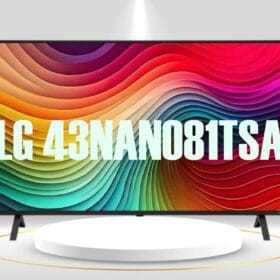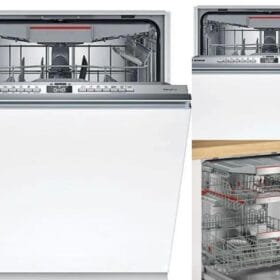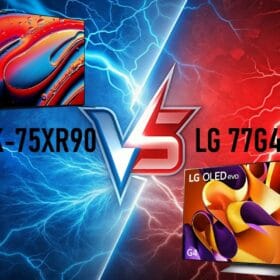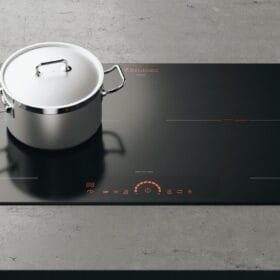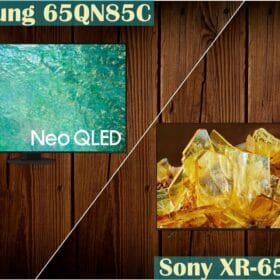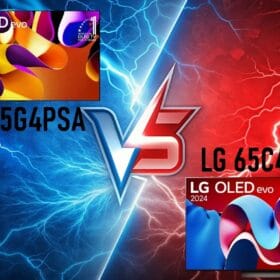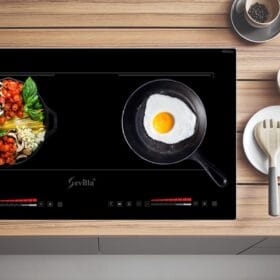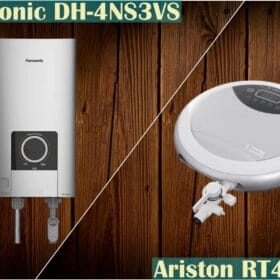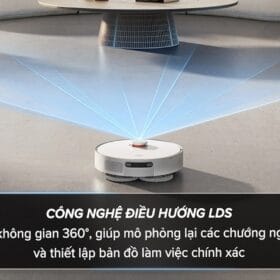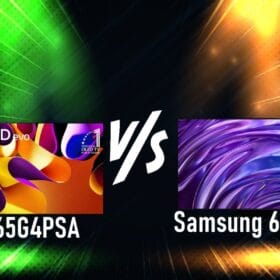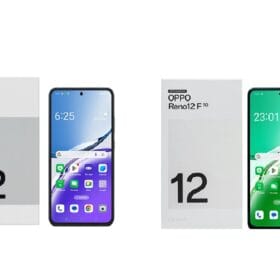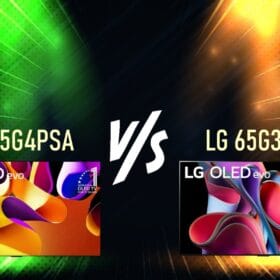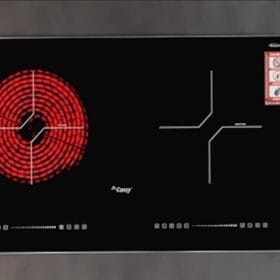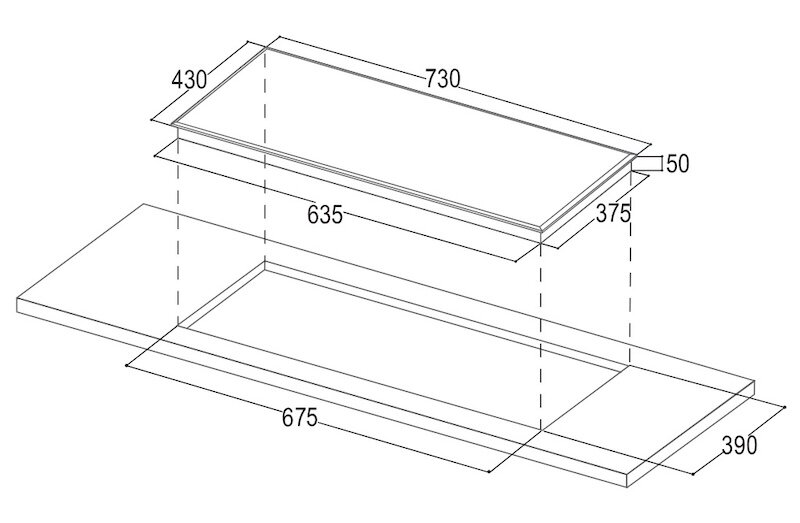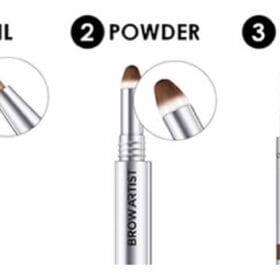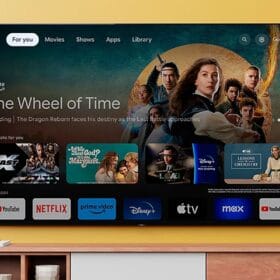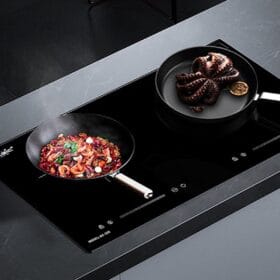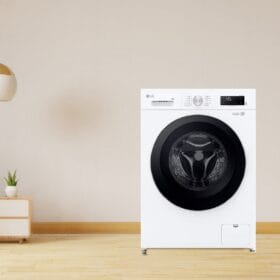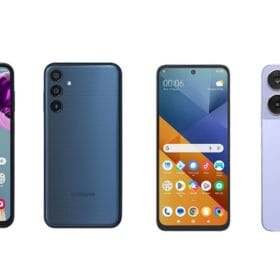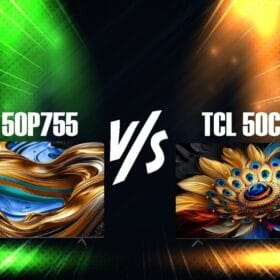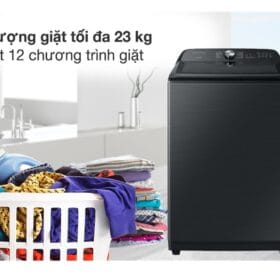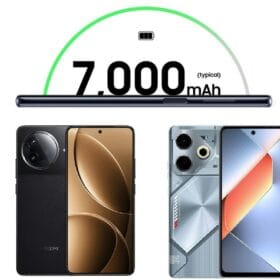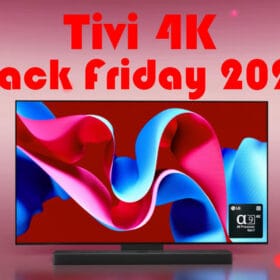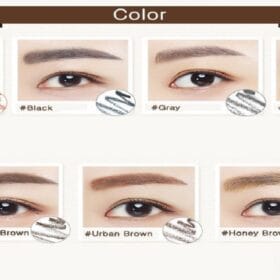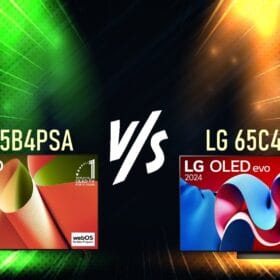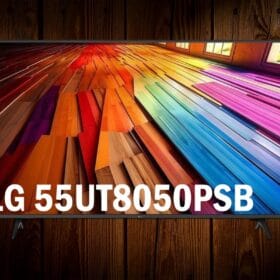If you are interested in the performance difference between the two leading Mini-LED TVs in the mid-range segment today, Samsung 65QN85D and Sony K-65XR70, then let’s explore with Websosanh and find out which product is the real deal. superior product.
In this article, we will delve into a top competition between two giants in the television technology industry today: Samsung 65QN85D and Sony k-65XR70. This is not only a confrontation between two products, but also a battle between two different design and technology philosophies. Samsung, with its boldness and pioneering, will confront Sony, the champion of meticulousness and color fidelity. Which 65 inch TV will win in this competition? Let’s explore with Websosanh!
1. Compare TV Samsung 65QN85D and Sony K-65XR70: Appearance, design!
Belonging to the high-end segment, both Samsung 65QN85D and Sony K-65XR70 are obviously meticulously designed, but each 4K TV gives users a unique style.
Sony K-65XR70 TV offers a quite flexible appearance with two separate stands, allowing users to change four different installation ways, creating rich customization for the entertainment space and limiting vibration well. . The Samsung 65QN85D TV chooses a different direction, the sturdy metal center stand brings a luxurious look, helps the TV stand higher, creating a more airy space below, but the vibration will be higher than the two legs. of Sony TV.
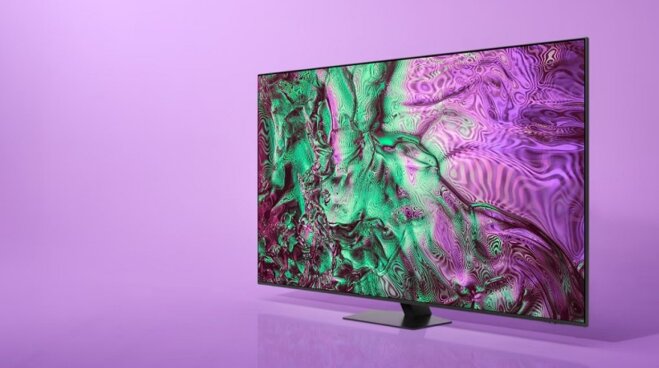
ForPro Professional Collection Premium Hand Mirror with Handle, 6.3" W x 9.6" L, Multi-Purpose Handheld Mirror with Distortion-Free Reflection, Black
$4.99 (as of January 9, 2025 00:20 GMT +00:00 - More infoProduct prices and availability are accurate as of the date/time indicated and are subject to change. Any price and availability information displayed on [relevant Amazon Site(s), as applicable] at the time of purchase will apply to the purchase of this product.)PROTECLE Large Hand Mirror, Salon Barber Hairdressing Handheld Mirror with Handle (Square Black 10.3"x7.4")
$7.99 (as of January 9, 2025 00:20 GMT +00:00 - More infoProduct prices and availability are accurate as of the date/time indicated and are subject to change. Any price and availability information displayed on [relevant Amazon Site(s), as applicable] at the time of purchase will apply to the purchase of this product.)Hair Steamer for Natural Hair Home Use w/10-level Heats Up Quickly, Heat Cap for Deep Conditioning - Thermal Heat Cap for Black Hair, Great for Deep Conditioner (Black)
$29.95 (as of January 9, 2025 00:20 GMT +00:00 - More infoProduct prices and availability are accurate as of the date/time indicated and are subject to change. Any price and availability information displayed on [relevant Amazon Site(s), as applicable] at the time of purchase will apply to the purchase of this product.)TEPENAR Bonnet Hair Dryer Attachment: Upgraded Extra Large Hooded Hair Dryer Adjustable Soft Blow Dryer Caps - Easy to Use for Natural Curly Textured Hair Care Styling Fast Drying
$15.88 (as of January 9, 2025 00:20 GMT +00:00 - More infoProduct prices and availability are accurate as of the date/time indicated and are subject to change. Any price and availability information displayed on [relevant Amazon Site(s), as applicable] at the time of purchase will apply to the purchase of this product.)Dopsikn 7 Color Galvanic Machines - Red Light Therapy for Face and Neck, Face Massager Tool for Wrinkles, Double Chin, Vibrating Facial Massager with Thermals, Black
$39.99 (as of January 9, 2025 00:20 GMT +00:00 - More infoProduct prices and availability are accurate as of the date/time indicated and are subject to change. Any price and availability information displayed on [relevant Amazon Site(s), as applicable] at the time of purchase will apply to the purchase of this product.)Gladmart Hand Mirror Salon Barber Hairdressing Handheld Mirror with Handle(Square Black 7.4 x 10.3 inches)
$4.97 (as of January 9, 2025 00:20 GMT +00:00 - More infoProduct prices and availability are accurate as of the date/time indicated and are subject to change. Any price and availability information displayed on [relevant Amazon Site(s), as applicable] at the time of purchase will apply to the purchase of this product.)OMIRO Hand Mirror, Extra Large Black Handheld Mirror with Handle, 9" W x 12.4" L
$9.99 (as of January 9, 2025 00:20 GMT +00:00 - More infoProduct prices and availability are accurate as of the date/time indicated and are subject to change. Any price and availability information displayed on [relevant Amazon Site(s), as applicable] at the time of purchase will apply to the purchase of this product.)B Beauty Planet 30X Magnifying Mirror for Travel with Handle, Double-Sided 1X/30X Magnification Hand Mirror for Makeup
$9.99 (as of January 9, 2025 00:20 GMT +00:00 - More infoProduct prices and availability are accurate as of the date/time indicated and are subject to change. Any price and availability information displayed on [relevant Amazon Site(s), as applicable] at the time of purchase will apply to the purchase of this product.)High Frequency Facial Machine - TUMAKOU Portable Handheld High Frequency Facial Skin Wand Machine with 4 Different Tubes
$36.99 (as of January 9, 2025 00:20 GMT +00:00 - More infoProduct prices and availability are accurate as of the date/time indicated and are subject to change. Any price and availability information displayed on [relevant Amazon Site(s), as applicable] at the time of purchase will apply to the purchase of this product.)ForPro Professional Collection Premium Microfiber 3-Piece Massage Sheet Set, Cool Grey, Ultra-Light, Stain, and Wrinkle-Resistant Includes Massage Flat and Fitted Sheet and Massage Face Rest Cover
$19.99 (as of January 9, 2025 00:20 GMT +00:00 - More infoProduct prices and availability are accurate as of the date/time indicated and are subject to change. Any price and availability information displayed on [relevant Amazon Site(s), as applicable] at the time of purchase will apply to the purchase of this product.)Both of these 65-inch TVs have ultra-thin screen bezels, creating the feeling of borderless images, providing a more immersive viewing experience. The sophistication of the screen border design of both products is almost equivalent, it is difficult to clearly determine which side is superior.
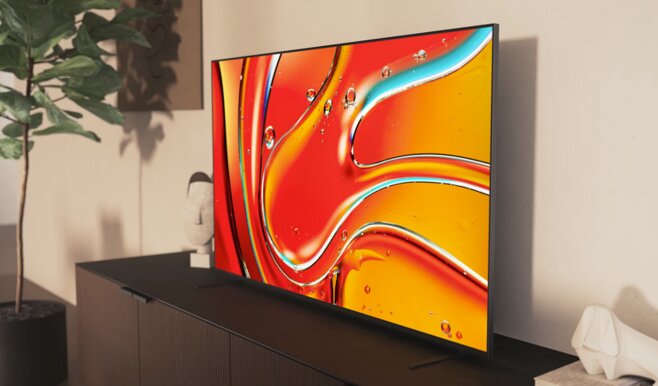
Moving to the back, the panel surface of the Samsung 65-inch 65QN85D TV is very smooth, and has 4 HDMI ports, all 2.1 standard supporting 4K@120Hz. Meanwhile, the Sony 65-inch K-65XR70 TV has a rough-designed panel, feels quite sturdy and also has little fingerprints. It also has 4 HDMI ports but unfortunately only 2 ports support 4K@120Hz. In this aspect, if you are someone who wants more flexibility in installation and connection, the 65QN85D will have a slight advantage, but the Sony K-65XR70 is basically enough to meet the user’s needs.
Overall, in terms of appearance design, both of these TV models are ‘one nine, one ten’, the materials and finishing are very good, demonstrating the serious investment of both Samsung and Sony in quality. product. Each design philosophy has its own advantages and disadvantages, and depending on aesthetic taste and space layout style, users can judge which side is more suitable.
2. Operating system interface
Both Samsung 65QN85D and Sony K-65XR70 have intuitive and easy-to-use user interfaces. However, each company has its own design style, bringing different experiences.
On the Samsung 4K 65QN85D TV, the Tizen interface is designed in a minimalist style, with large icons and easy navigation. The menus are also logically arranged, making it easy for users to find what they need.
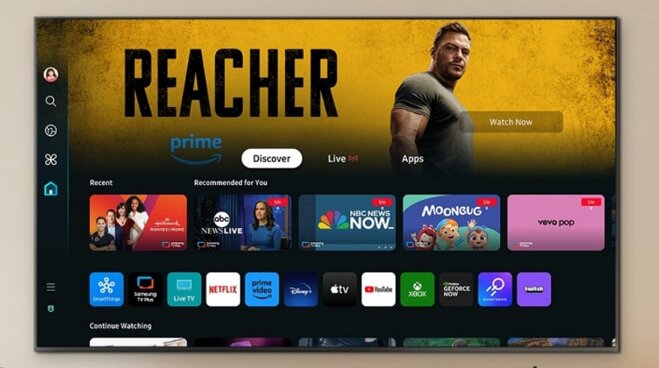
Meanwhile, the K-65XR70 uses the Google TV operating system, providing many smart features and a rich application store. Google TV’s interface is somewhat more complicated, but offers more customization for users. You can easily find and install your favorite apps, and conveniently manage other accounts and devices.
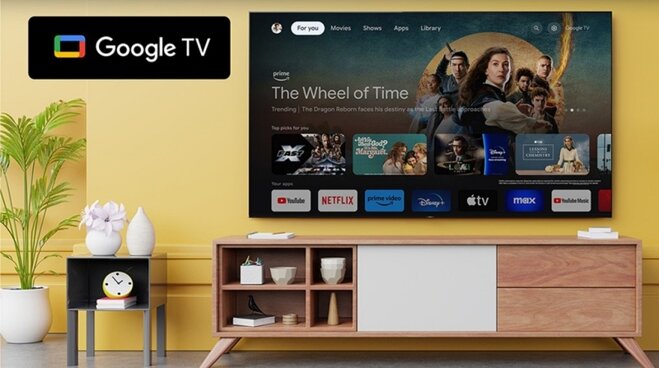
Because they both have powerful processors, both operating systems operate very smoothly and stably, switching between applications happens quickly. However, compared to simplicity and ease of use, Samsung’s interface seems a bit superior, especially for those new to smart TVs. However, if you are someone who likes to explore and customize, Google TV on Sony K-65XR70 will be a better choice.
3. Compare Samsung 65QN85D and Sony K-65XR70 TVs: Sound quality!
When enjoying 4K Blu-ray movies, the commonly used audio format is True HD DTS, which provides vivid and detailed surround sound quality. However, unfortunately, the Samsung 65QN85D does not support this audio format decoding codec. This means that you will not be able to fully enjoy the top sound quality of 4K Blu-ray movies on this TV.
To overcome audio limitations on Samsung 65QN85D, users are forced to equip an external playback device capable of True HD DTS decoding, such as a 4K Blu-ray player or high-end Android TV Box. This not only causes inconvenience but also increases costs for users.

In complete contrast, the Sony 4K K-65XR70 TV is fully equipped with True HD DTS decoding codec, allowing for perfect sound reproduction, from the smallest noises to explosive sounds in scenes. act. Thanks to that, the movie watching experience on the K-65XR70 becomes more vivid and realistic than ever, as if you were sitting in a real cinema.
On the other hand, although the speaker system on the Samsung 65QN85D has a capacity of 40W, the basic 2.2 channel configuration still makes the bass sound lacking in depth and sharpness. When watching action or horror movies, the sound effects it creates are not strong enough to create a suspenseful and tense atmosphere.
Meanwhile, the Sony 65-inch K-65XR70 TV has the same 40W capacity, but the sound effect is completely different thanks to the optimized speaker system with Acoustic Surface Audio technology. This technology allows the display to emit sound directly from the display surface itself, creating a seamless and immersive audio experience. Not only that, the smart arrangement of speakers helps maximize sound out into the space, while limiting sound reflection from walls, creating a more realistic and inclusive viewing experience. .
4. Compare Samsung 65QN85D and Sony K-65XR70 TVs: Image quality and movie watching experience!
The XR Cognitive processor is Sony’s “trump card”, equipped on all of their high-end TV lines, from the X90, Bravia 7 to the flagship Bravia 9 and A95L. XR Cognitive’s image upscaling and analysis capabilities are highly appreciated, especially in handling low-resolution or low-bitrate sources. This technology not only enhances sharpness and detail, but also minimizes noise and artifact phenomena (data compression errors that cause objects to deform). Thanks to that, viewers can enjoy their favorite movies and TV shows in the highest quality possible.
One of XR Cognitive’s strengths is its ability to maintain color accuracy and balance in light and shadow. This helps display images realistically and vividly, providing a theater-like movie watching experience.
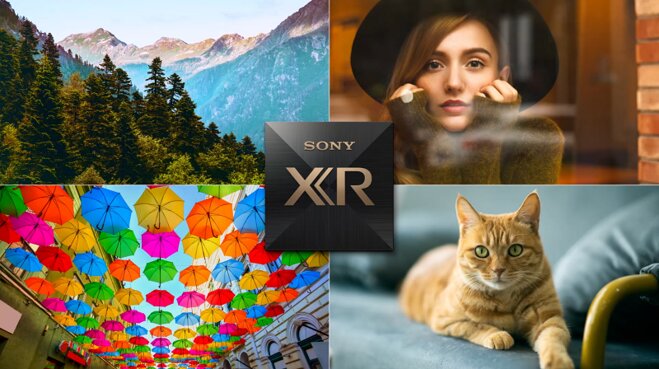
Meanwhile, Samsung QN85D uses AI Gen 2 NQ4 processor. While it’s not Samsung’s flagship processor in 2024, it’s still a powerful chip equipped with AI algorithms that can effectively upscale and improve image quality. However, when placed next to the Sony K-65XR70, it is still considered to be somewhat inferior in its ability to analyze and process details.
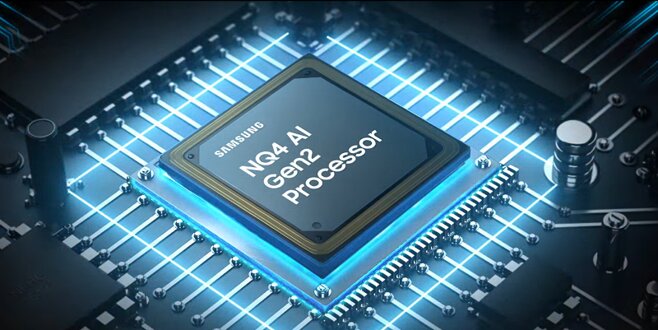
However, it must be said that the NQ4 is still a very good processor, especially when processing online content or old content with low bitrates. In some cases, the difference between these two processors is not too big, and most users will be satisfied with the performance of both. However, when placing these two Mini-LED TVs next to each other and showing the same content, the difference is extremely clear.
With 4K content, the Sony K-65XR70 shows superior light control capabilities, distributing light evenly across the screen, creating harmony between light and dark areas while the Samsung 65QN85D only focuses on certain areas, making the overall frame feel darker, losing detail and reducing image depth.
Similarly, because of the difference in processor chip generations, the Sony K-65XR70’s motion processing ability is somewhat better, without any lag or blurring, making it easier for viewers to watch. Watch every detail in thrilling action scenes. On the contrary, although the Samsung 65QN85D also does well, the effect is not as impressive. In some scenes, we can still notice a slight jerking phenomenon.
In terms of color, these two TVs are designed with two different ways of expression. If the Sony K-65XR70 tends to turn slightly yellow to provide a ‘cinematic’ display quality, giving a warm, close and familiar feeling like watching in a theater, the Samsung 65QN85D tends to turn green, creating a feels colder. Although the blue tone can bring freshness to some content, for the movie watching experience, especially those with warm main tones, the blue tone of the Samsung 65QN85D can be distracting. making the movie watching experience less enjoyable.
Switching to Youtube content, in general, because the image and sound quality sources are not high, the difference between the two TVs is not too obvious. However, from what the 4K content has shown, it can be temporarily commented that the display quality of the Sony 4K K-65XR70 TV will be slightly better than the Samsung 65QN85D.
5. Should I buy Samsung 65QN85D or Sony K-65XR70 TV?
Through the detailed comparisons above, it can be seen that both Samsung 65QN85D and Sony K-65XR70 are excellent TVs in the same segment. Each product has its own advantages and disadvantages, suitable for different needs and preferences. However, the Sony K-65XR70 demonstrates many aspects that are superior to its competitors, from sound quality to image processing capabilities, making it the top choice for those looking for a Mini TV. -High quality LED. However, this quality partly reflects their price, the Samsung 65QN85D TV costs only 23.8 million VND, while the Sony K-65XR70 is 36.4 million VND.
In short, if you are interested in a Mini-LED TV with optimal image and sound reproduction in the mid-range segment, and do not care about price, the Sony K-65XR70 will be the top choice. . If you want to save more money, choose Samsung 65QN85D.













